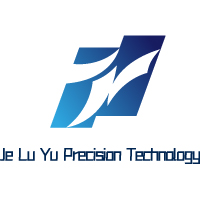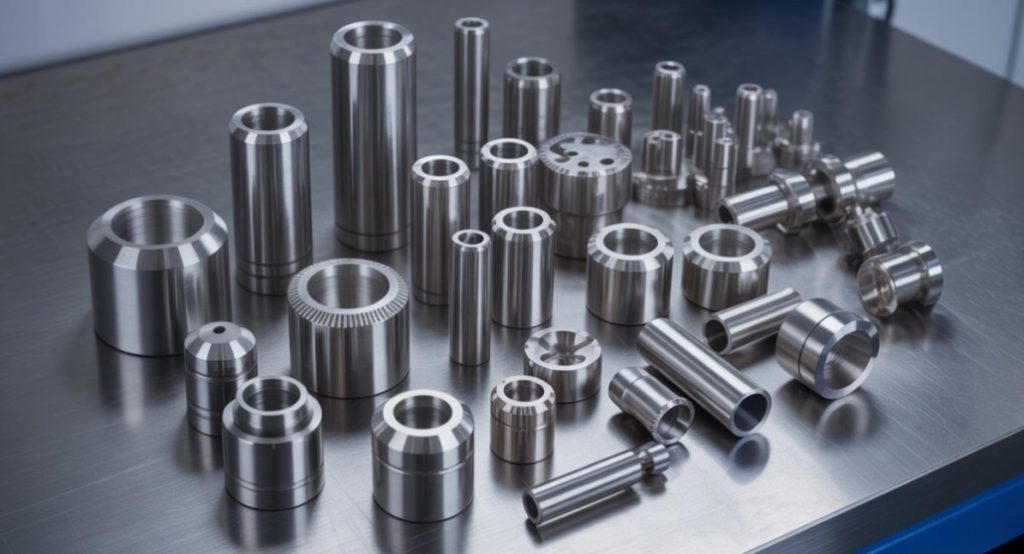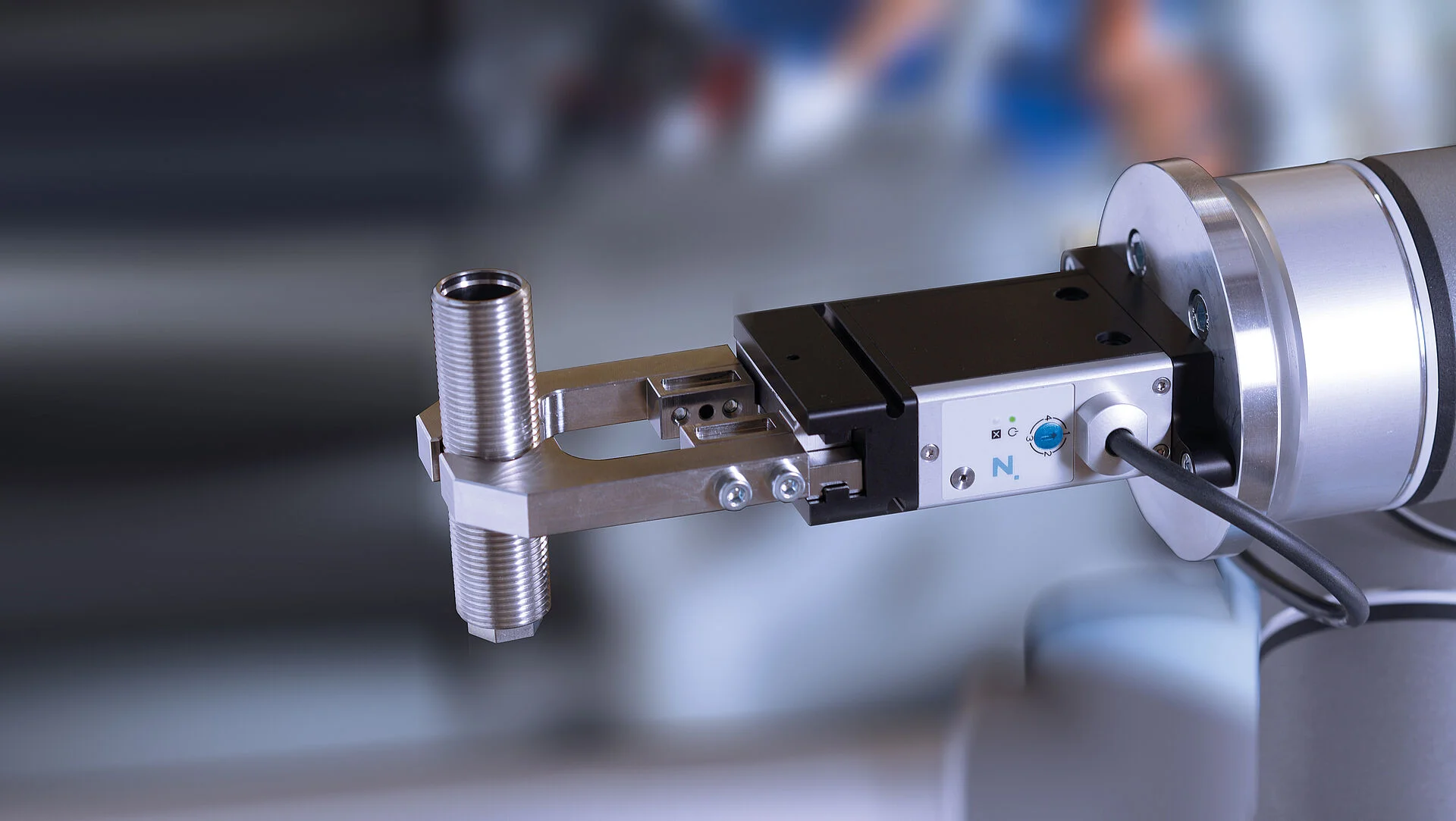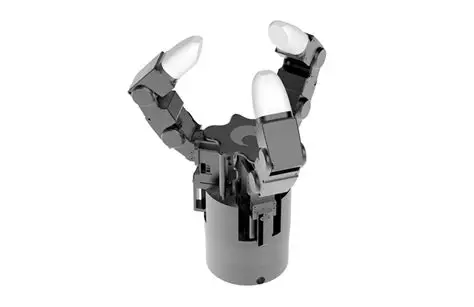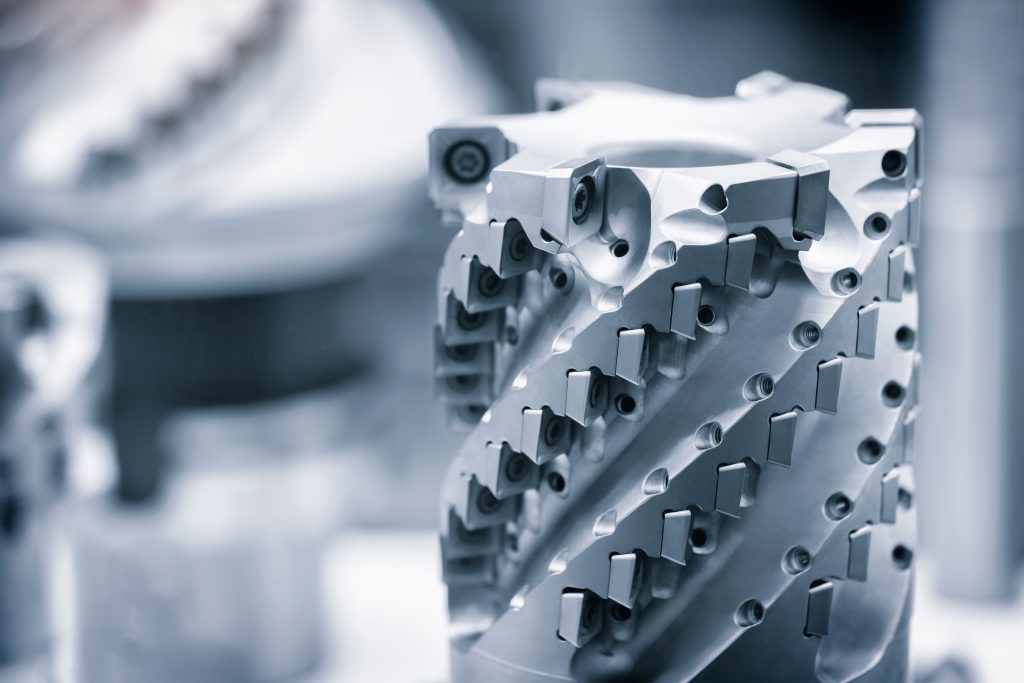Rapid Prototyping for Medical Devices: Accelerating Innovation with Precision CNC Machining
The Critical Role of Rapid Prototyping in Medical Device Development
Rapid prototyping has revolutionized the medical device industry, serving as a fundamental bridge between conceptual design and clinical implementation. In an industry where precision, reliability, and regulatory compliance are non-negotiable, advanced CNC machining technologies have emerged as the cornerstone of medical device prototyping. These technologies enable manufacturers to transform innovative concepts into functional, testable prototypes with exceptional accuracy and speed, ultimately accelerating the journey from laboratory to patient bedside.
The stringent requirements of medical device manufacturing demand prototyping solutions that can achieve tight tolerances, biocompatible material properties, and complex geometries essential for both aesthetic models and functional testing. As medical devices continue trending toward miniaturization, personalization, and smart functionality, CNC machining has maintained its relevance through technological advancements that address these evolving needs while ensuring compliance with rigorous medical standards.
Key Considerations for Medical Device Prototyping
Regulatory Compliance and Material Selection
Medical device prototyping operates within a strict regulatory framework that influences every aspect of the development process. The selection of appropriate materials represents a critical decision point, as prototypes must not only demonstrate form and function but also comply with biocompatibility standards and sterilization requirements.
*Table 1: Medical-Grade Materials for CNC Prototyping*
| Material | Key Properties | Medical Applications | Regulatory Considerations |
|---|---|---|---|
| Medical-Grade Stainless Steel (316L) | Excellent corrosion resistance, high strength | Surgical instruments, implantable components | ISO 13485, ASTM F138/F139 |
| Titanium (Ti-6Al-4V) | Biocompatibility, high strength-to-weight ratio | Orthopedic implants, surgical tools | ASTM F136, ISO 5832-3 |
| Medical Plastics (PEEK, UHMWPE) | Radiolucency, wear resistance | Trial implants, surgical guides | USP Class VI, ISO 10993 |
| Aluminum Alloys | Lightweight, good machinability | Device housings, support structures | ISO 13485 for processes |
| Cobalt-Chrome Alloys | Wear resistance, high strength | Dental implants, joint replacements | ASTM F75, ISO 5832-4 |
The material selection process must consider end-use application, sterilization method, and mechanical requirements to ensure prototypes accurately represent final product performance. As demonstrated by Shukla Medical’s approach to prototyping orthopedic implant removal tools, using production-equivalent materials like 17-4 PH stainless steel for prototypes enables more accurate clinical validation .
Precision and Miniaturization Trends
The increasing demand for miniaturization in medical devices presents unique prototyping challenges, particularly when working with micro-scale features and tight tolerances. Modern medical devices often incorporate complex geometries, micro-fluidic channels, and intricate components that demand advanced machining capabilities.
M5 Engineering’s experience with Kern Micro Vario machines highlights how specialized equipment can achieve remarkable precision, utilizing tools as small as 0.003″ diameter end mills to create components for applications ranging from microfluidic molds for vaccine production to brain surgery tools . This level of precision is essential for creating functional prototypes that accurately represent final product performance.
Advanced CNC Technologies for Medical Prototyping
Multi-Axis Machining Capabilities
The evolution of multi-axis CNC systems has dramatically expanded possibilities for medical device prototyping. Five-axis machining technology enables complete processing of complex geometries in single setups, eliminating cumulative errors associated with multiple repositioning operations and significantly reducing lead times.
Jon Baklund of M5 Engineering emphasizes the impact of five-axis technology: “Being able to machine five sides of a part in one operation without requiring a second fixture setup has been transformative for both accuracy and efficiency” . This capability is particularly valuable for surgical instruments, implant prototypes, and devices with complex organic shapes that would be impractical to produce with conventional three-axis equipment.
Automated Measurement and Quality Assurance
Integrated measurement systems have become essential components of modern medical prototyping workflows. In-process verification using touch probes and laser measurement technologies enables closed-loop manufacturing systems that automatically compensate for tool wear and other variables that could impact dimensional accuracy.
The experience of Clada Medical demonstrates the value of these integrated systems. By implementing Renishaw OMP40 touch probes and Productivity+ software, they created a self-controlling machining environment where “the system automatically controls itself, and I know that I will get high-precision parts every time” . This automated approach to quality assurance is particularly valuable in medical prototyping, where documentation and traceability are regulatory requirements.
High-Speed Machining for Medical Plastics and Metals
Advanced toolpath strategies like dynamic milling have revolutionized the machining of both metallic and non-metallic medical materials. These algorithms maintain constant tool engagement, reducing heat generation and extending tool life while enabling significantly higher material removal rates.
Novo Engineering reported remarkable efficiency gains when implementing Mastercam’s dynamic toolpaths, reducing machining time for plastic components from 10 minutes to just 30 seconds in some applications . This acceleration in prototyping throughput directly translates to shorter development cycles and faster iteration—critical advantages in the competitive medical device landscape.
Prototyping Approaches for Specific Medical Applications
Surgical Instrument Prototyping
The development of surgical instruments demands prototypes that balance ergonomics, functionality, and sterility considerations. CNC machining enables the creation of functional prototypes that can undergo formal validation, including sterilization cycling and usability testing.
When Clada Medical developed prototypes for a new cosmetic surgery device, their integrated approach combining CNC machining with in-process verification enabled rapid iteration based on surgeon feedback . This ability to quickly refine designs based on clinical input is invaluable for creating instruments that meet the practical demands of the operating room.
Implantable Device Prototyping
Implantable medical devices present unique prototyping challenges, including biocompatibility requirements, complex surface finishes, and the need for exceptional dimensional stability. CNC machining of medical-grade metals like titanium and cobalt-chrome alloys enables the creation of implant prototypes that closely match final production components.
The importance of material selection for implant prototyping is highlighted by Shukla Medical’s approach. By using 17-4 PH stainless steel for prototypes of their orthopedic implant removal tools, they created testable units that closely mimicked the performance of production components . This fidelity between prototype and final product is essential for meaningful clinical evaluation.
Diagnostic Equipment Components
Diagnostic and monitoring devices often incorporate complex housings, precision optical components, and fluid management systems that require exacting tolerances and specialized surface finishes. CNC machining supports the creation of these diverse elements from appropriate materials, facilitating comprehensive functional testing.
Novo Engineering’s experience with optical components for diagnostic equipment illustrates the precision achievable with advanced CNC strategies. Their development of a beam splitter with optically smooth surfaces demonstrates how machining parameters can be optimized to achieve both aesthetic and functional requirements simultaneously .
Case Studies: Medical Prototyping Success Stories
Case Study 1: Accelerating Orthopedic Instrument Development
Challenge: Shukla Medical needed to develop and test specialized instruments for orthopedic implant removal, requiring functional prototypes in production-equivalent materials to validate design concepts with surgical teams.
Solution: Implementing a hybrid approach combining 3D printing for initial form studies and CNC machining for functional prototypes in 17-4 PH stainless steel. This strategy enabled rapid design iteration followed by validation using prototypes with mechanical properties matching final production instruments.
Results: Significant reduction in development timeline, with surgeons providing actionable feedback based on realistic prototypes. The company established a streamlined workflow from concept to clinical evaluation, accelerating their product development cycle while maintaining the rigorous quality standards essential for surgical instruments .
Case Study 2: Micro-Scale Medical Component Innovation
Challenge: M5 Engineering needed to produce extremely small components for medical applications, including microfluidic devices for vaccine production and miniature elements for neurological surgical tools, with tolerances demanding exceptional precision and thermal stability.
Solution: Investment in specialized five-axis micro-machining equipment featuring advanced cooling systems and sophisticated controls. The Kern Micro Vario machines maintained stable thermal conditions critical for micro-scale work, while the Heidenhain 640 TNC controls provided the intuitive programming interface necessary for complex geometries.
Results: The company achieved unprecedented capabilities in micro-medical component manufacturing, successfully producing features as small as 0.005″ with mirror-like surface finishes. This technical capability positioned them as a valuable partner for medical device companies developing next-generation micro-medical technologies .
Case Study 3: Integrated Prototyping for Medical Robotics
Challenge: Novo Engineering required a flexible yet precise prototyping methodology to support development of complex medical devices, including drug delivery systems and surgical robotics, with stringent precision requirements and frequent design iterations.
Solution: Implementation of an integrated CAD/CAM workflow combining SOLIDWORKS for design with Mastercam for manufacturing preparation. This digital thread enabled seamless transition from design to prototyping, with efficient programming of complex multi-axis toolpaths.
Results: Dramatic reduction in iteration time, with the team successfully completing six design iterations of an optical component while achieving both surface quality and durability requirements. The efficiency gains enabled more thorough design exploration and optimization, ultimately yielding superior medical device performance .
Future Trends in Medical Device Prototyping
Digital Integration and Industry 4.0
The adoption of Industry 4.0 principles is transforming medical device prototyping through enhanced connectivity, data analytics, and digital workflow integration. These technologies support the creation of “digital twins” that simulate both manufacturing processes and device performance, reducing physical iteration requirements.
Troy Ojalehto of Rapid Design Solutions highlights the growing role of simulation in medical prototyping: “Using the robot’s simulator, we could program nearly all the new operations offline while the collaborative robot kept working” . This ability to develop and verify processes virtually before physical implementation is particularly valuable in the regulated medical environment.
Hybrid Manufacturing Approaches
Combining additive and subtractive technologies represents an emerging trend in medical prototyping, leveraging the strengths of each approach. While 3D printing enables complex internal geometries and conformal cooling channels, CNC machining provides superior surface finishes and tight tolerances on critical features.
The experience of Shukla Medical with both carbon fiber 3D printing and Metal X systems demonstrates how hybrid approaches can be strategically deployed throughout the development cycle . Similarly, ESU’s application of 3D printed conformal cooling in injection molds for medical components shows how combining technologies addresses specific challenges in medical manufacturing .
Advanced Materials Development
New material formulations specifically designed for medical applications continue to expand prototyping possibilities. These include enhanced biocompatible polymers, titanium alloys with improved wear characteristics, and specialized composites offering unique property combinations.
ESU’s development of proprietary metal powders like EM191 for 3D printing medical molds demonstrates how material science innovations directly enable improved medical device manufacturing . These material advances, combined with corresponding processing technologies, provide medical device developers with increasingly sophisticated prototyping options.
Conclusion: Strategic Advantages of CNC Machining for Medical Prototyping
CNC machining remains an indispensable technology for medical device prototyping, offering unparalleled precision, material versatility, and regulatory compliance capabilities. As medical technologies continue advancing toward greater complexity and personalization, the role of precision machining in the development cycle becomes increasingly critical.
The integration of advanced technologies like five-axis machining, automated measurement, and sophisticated CAM software has elevated CNC machining beyond simple prototype production to a comprehensive solution for medical device development. These capabilities, combined with the expertise of specialized medical machining providers, enable device manufacturers to accelerate their development cycles while maintaining the rigorous quality standards demanded by the healthcare industry.
For medical device companies seeking to optimize their prototyping processes, partnering with an experienced CNC machining provider offering medical-specific expertise, appropriate quality systems, and advanced technological capabilities can significantly reduce time to market while ensuring prototype quality that faithfully represents final product performance.
